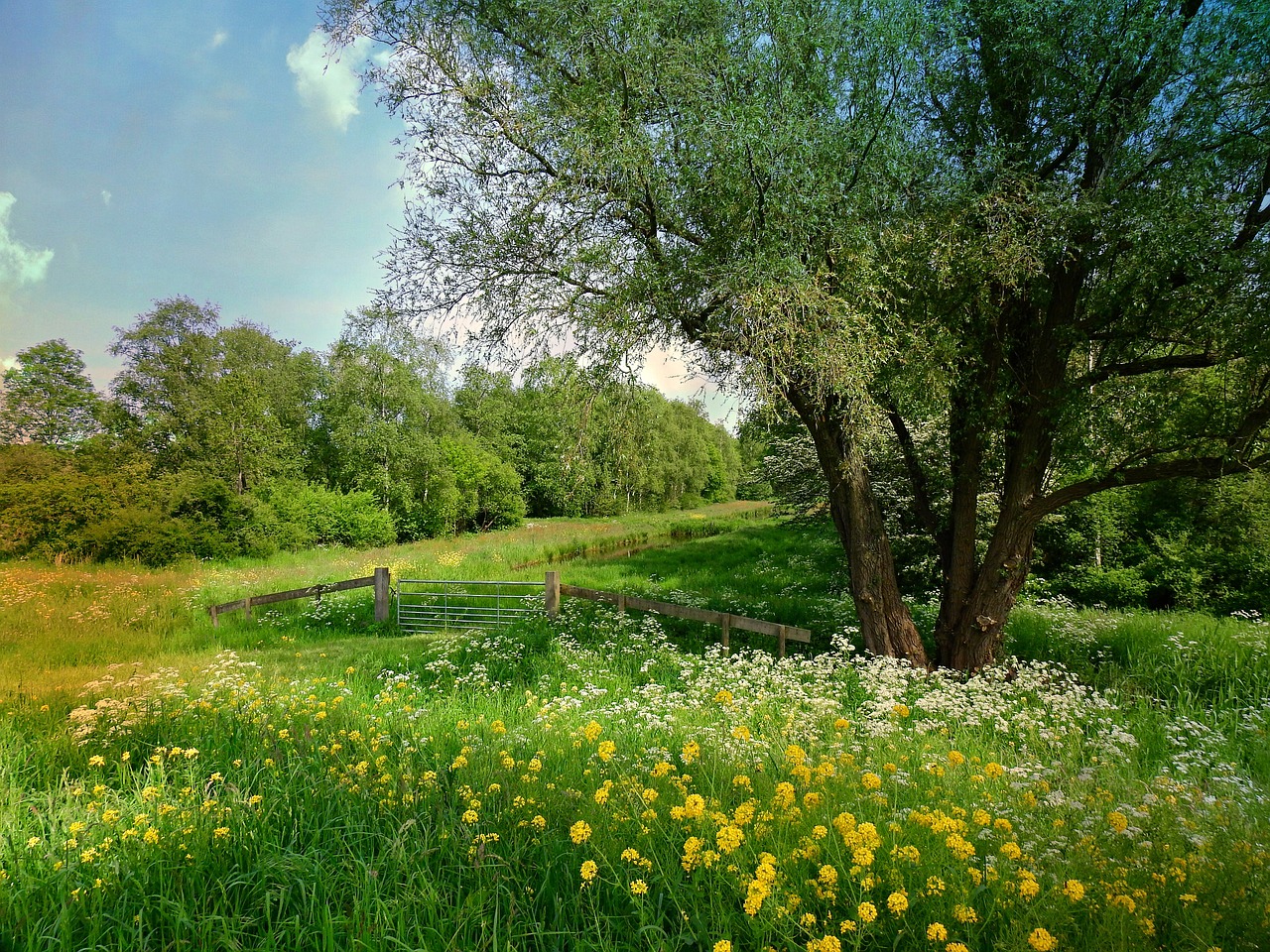my PermAbundance blog
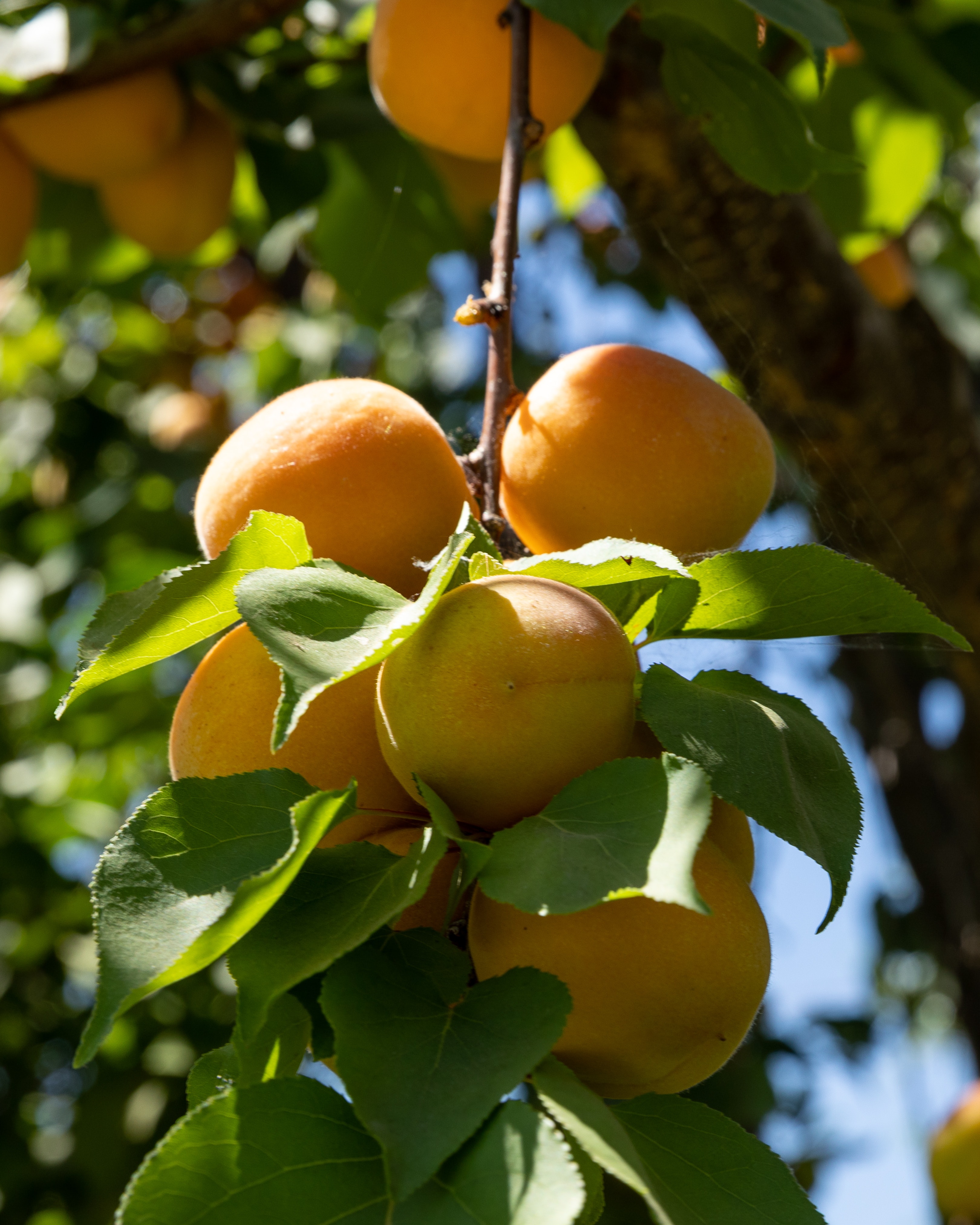
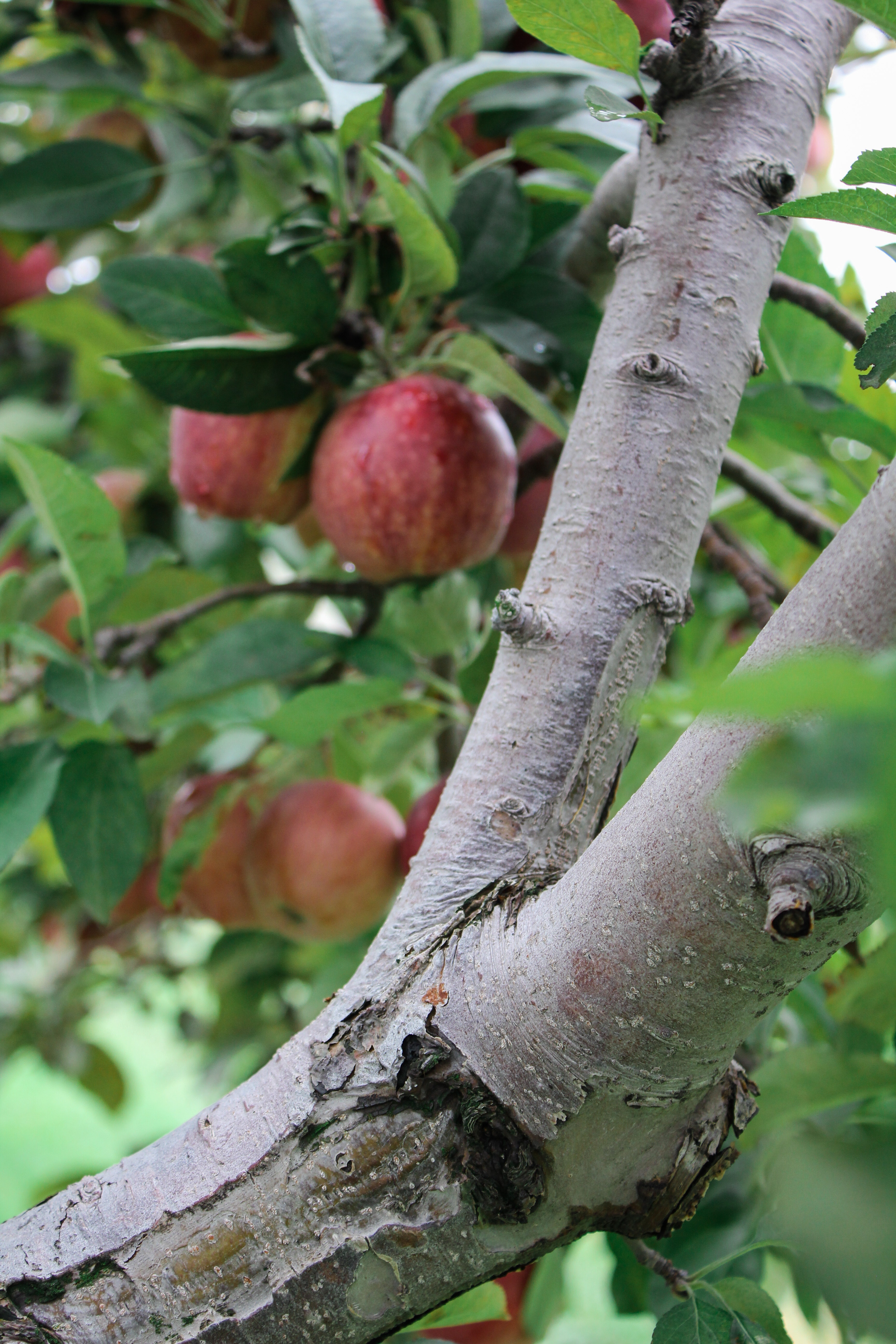
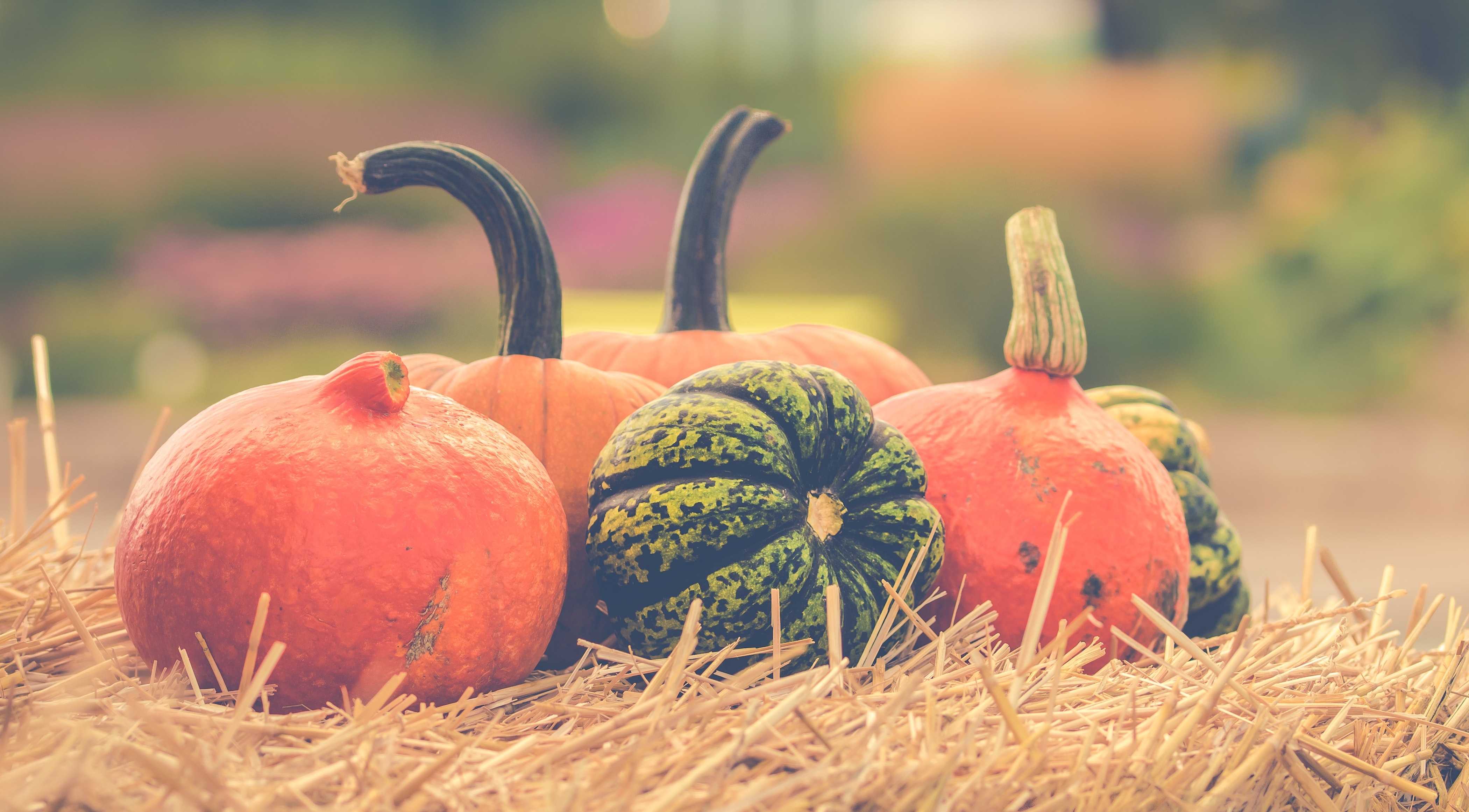
12 Principles of Permaculture
PermAbundance shares the 12 principles of permaculture that guide us and give us ways to create a tapestry of life. It’s so important for you to learn these words of wisdom. Permaculture is a design system that seeks to create abundant sustainable human settlements and agricultural systems. It is based on the principles of sustainability, self-reliance, and resilience, and is focused on maximizing the use of renewable resources and minimizing waste.
The 12 principles of permaculture provide a framework for designing systems that are harmonious, productive, and resilient. These principles are:
- Observe and Interact: Pay close attention to the natural systems around you and work with, rather than against, them.
- Catch and Store Energy: Maximize the use of renewable energy sources.
- Obtain a Yield: Design systems that are productive and provide a yield, whether in the form of food, shelter, energy, or other resources.
- Apply Self-regulation and Accept Feedback: Monitor the impacts of your actions and make changes when necessary to ensure the long-term health and sustainability of your systems.
- Use and Value Renewable Resources and Services: Minimize your reliance on non-renewable resources and make use of renewable resources and services instead.
- Produce No Waste: Design systems that close the loop on resource use and produce no waste, or have a net positive impact on the environment.
- Design From Patterns to Details: Start by understanding the patterns and relationships that exist within natural systems.
- Integrate Rather Than Segregate: Create systems that are diverse and interconnected, rather than isolated and specialized.
- Use Small and Slow Solutions: Start small and build slowly, using incremental steps to create change.
- Use and Value Diversity: Recognize the importance of biodiversity and create systems that are diverse and resilient.
- Use Edges and Value The Marginal: Recognize that the edges of a system can be the most productive and diverse and that the “marginal” areas can often provide valuable resources and services.
- Creatively Use and Respond to Change: Be adaptable and flexible, and be open to change and new ideas.
By following the 12 principles of permaculture, you can create sustainable and resilient systems that support the health and well-being of people and the planet. Whether you are designing a home, a garden, or a larger community, these principles can guide you in creating harmonious, productive, and sustainable systems.
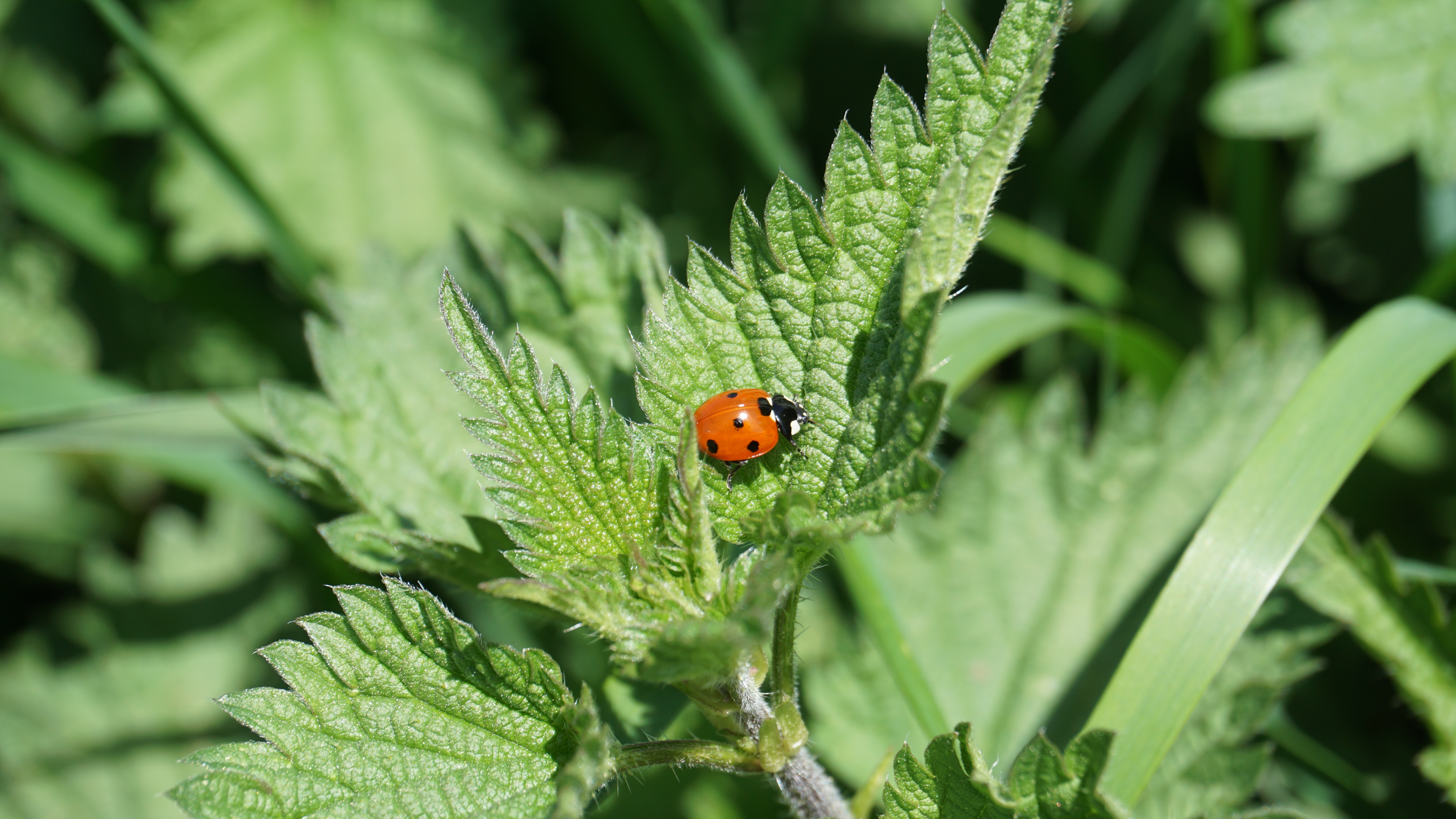
Start Small
It is easy to start small and build on what you have planned. By starting small, you are giving yourself an opportunity to observe first how your plan is falling into place or if it is not. Starting small will save you from larger errors and will also save you quite a bit of money. It is really worth it to be patient in the long run. Then as things are going well you can keep adding a little more along the way. There is so much to learn so give it time and observe the patterns in your gardens.
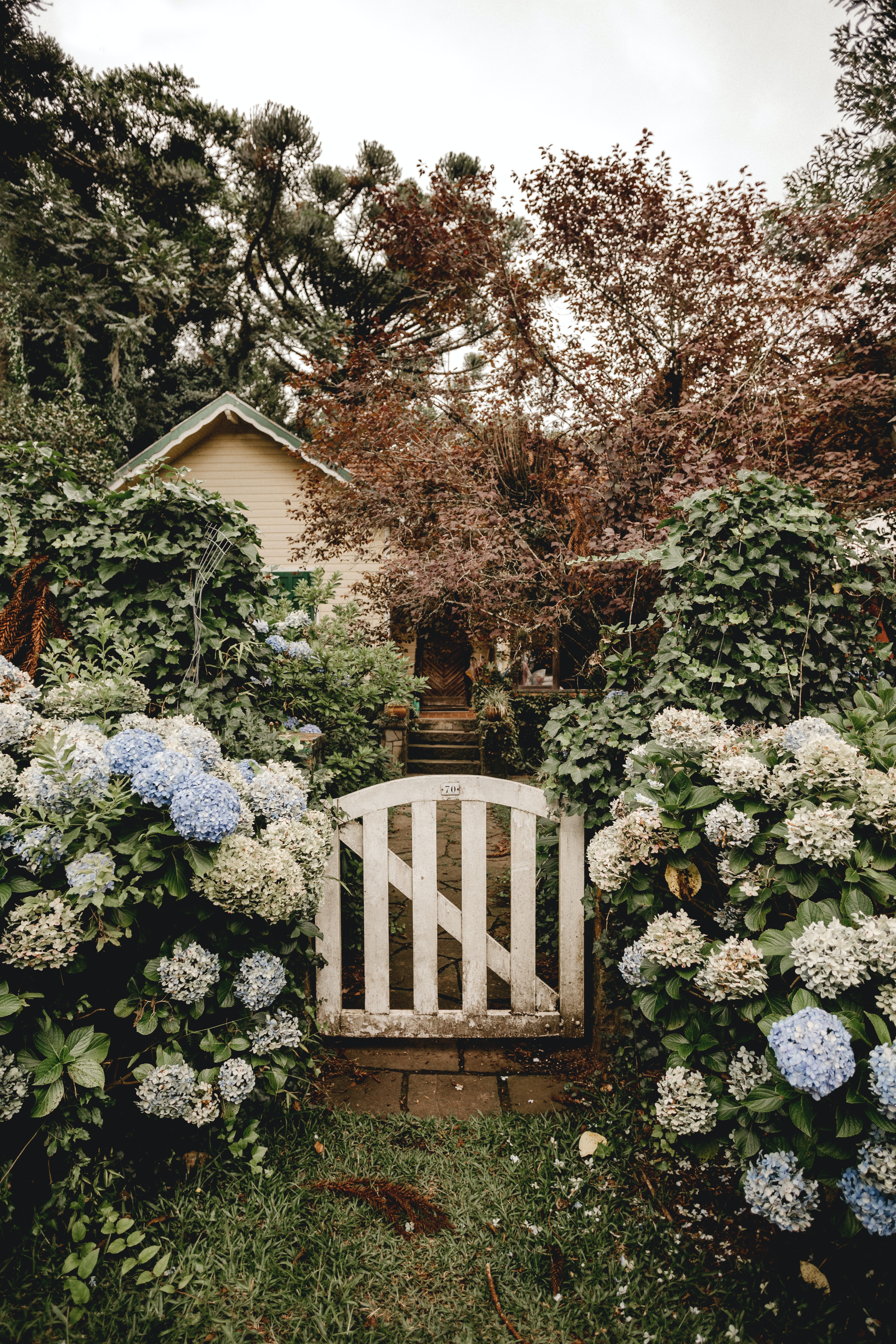
Embrace PermAbundance
Embarking on the journey of PermAbundance is a profound step towards reconnecting with our roots, embracing the wisdom of Mother Nature and our ancient ancestors, and taking active responsibility for the well-being of our shared planet. It’s an investment not just in the physical landscape but also in the ecosystem of life itself. As you delve into PermAbundance, remember it’s not simply about implementing techniques; it’s an enlightened approach to life. Each seed you plant, each compost pile you tend, and each water source you preserve isn’t merely a single act of sustainability; it’s a potent declaration of commitment to the future, a testament to your understanding of life’s interconnectedness. Your efforts ripple outward, fostering a vibrant community of diverse species, and contributing to the enduring resilience of our planet. Remember, every moment of learning, every tiny action, counts. Embrace the journey with curiosity and compassion. In permaculture, you’re not just a gardener tending the soil; you are a visionary, planting the seeds for a sustainable, resilient, and PermAbundant harmonious world.
Why I Love Nature and all of Earth's Wonders

I love nature for its majestic and timeless beauty, a grand canvas of life that humbles and elevates the spirit at the same time. It whispers wisdom in the rustling of leaves, shows us pictures in the clouds, and offers peace in the gentle ebb and flow of waves. Every sunrise is a promise of a fresh start, every sunset a serene closure. As a writer, musician, and artist, I revel in the harmonious symphony of life, from the smallest insects to the towering trees. In the silence of the woods, I find conversations deeper than any human discourse. Trees communicate with whispers as the wind blows through their leaves. Much like Siddartha, I love the calm sound of moving water from streams to tiny little creeks. The constant flow of rivers echoes the vitality of life, and the vastness of the ocean shows us endless possibilities. In nature, I am not just an observer, but an integral part of a profound interconnectedness. I feel tiny and yet a contributing part of this beautiful world. It is an ever-present reminder of a larger order of existence, far removed from human-made chaos. My love for nature is a testament to its captivating power and a response to its unspoken invitation to live in harmony with the universe.
I hope that everyone who reads my book has great respect for Nature. Nature gives us peace of mind and sustenance for living. The beauty of Nature inspires us to write, sing and paint. Without Nature, we are nothing but lost animals without a place to live.
Keep your garden healthy
Plants need the Sun's energy to grow
Learn about inputs and outputs
Study the science of soil
